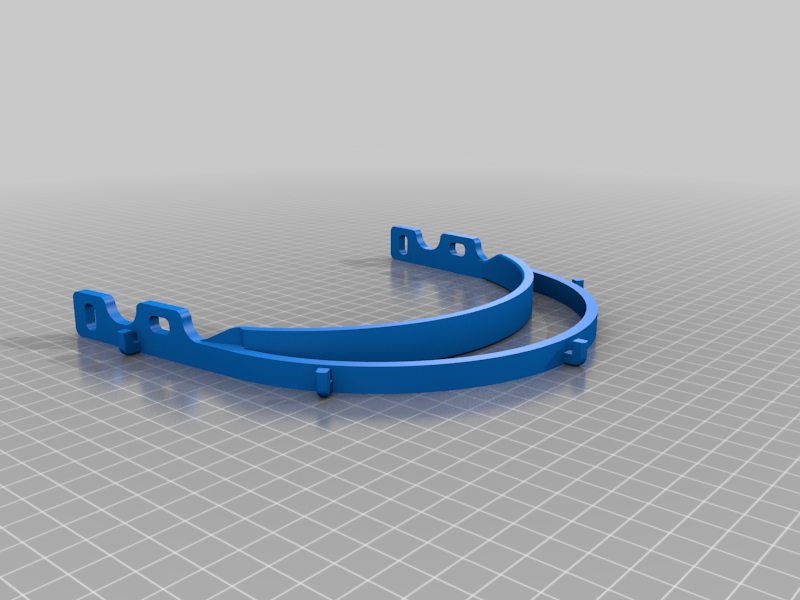
Missouri S&T HSG Hard Shield
thingiverse
This text appears to be a set of instructions for creating face shields using 3D printing and other materials. The instructions are quite detailed, covering the preparation of materials, safety precautions, and the assembly process. Here's a breakdown of the key points: **Materials Needed:** * 20 grams of 3D printing filament (PLA recommended) * .5mm clear plastic sheet (16x8.5 inches) * Elastic strap or bungie cord * Art foam (optional) * Super glue * Tape (if no CNC cutter is available) **Safety Precautions:** * Wear a face mask and gloves when collecting printed parts to prevent cross-contamination. * Store the parts in a sealable bag immediately after printing. * Let the packed face shields sit for 2-3 days before distributing them to reduce the risk of transmission. * Do not store the entire stock in one place to minimize the risk of cross-contamination. **Procedure:** 1. Import the latest STL file from the GitHub repository into your preferred slicer and set speeds as necessary. 2. Print the model, ensuring that the first few layers adhere to the bed properly. 3. Cut a 14-inch elastic strap while the model is printing. 4. If you have an CNC cutter, skip step 6 and follow steps 5 and 7 instead. Otherwise, proceed with step 6: * Print the PDF file for the drawing (TILED_LETTER.pd) and follow the instructions. * Use a hole puncher to create holes on the faceplate. 5. Cut out the clear plastic sheet using an CNC cutter or a craft knife. 6. Assemble the frame, attaching the elastic strap and foam (if used). 7. Attach the faceplate to the frame by starting with the center hole and working outward. **Additional Tips:** * Use a fresh pair of gloves when collecting each batch of printed parts. * Talk to the intended recipient about your manufacturing environment and sanitation methods. * Consider using a thicker or thinner plastic sheet depending on personal preference.
With this file you will be able to print Missouri S&T HSG Hard Shield with your 3D printer. Click on the button and save the file on your computer to work, edit or customize your design. You can also find more 3D designs for printers on Missouri S&T HSG Hard Shield.
